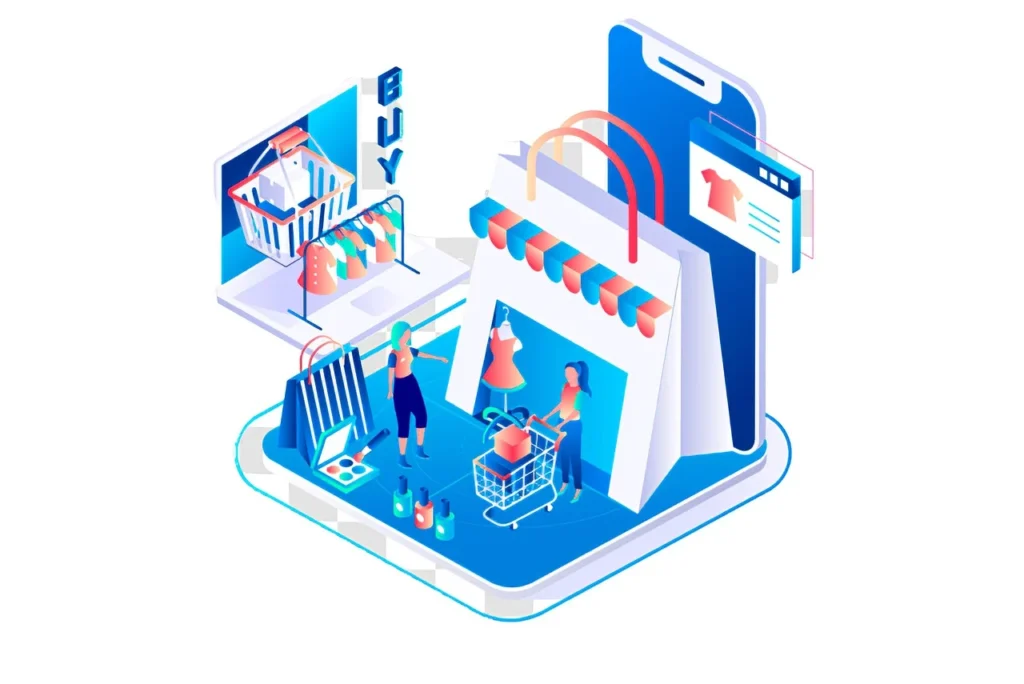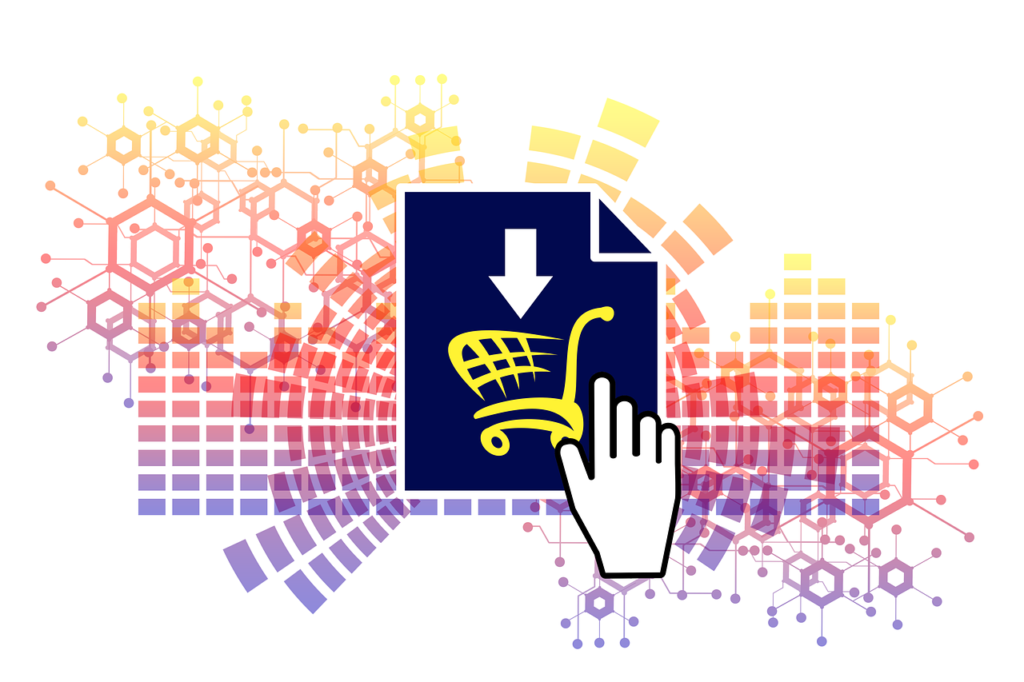Master the Art of Ecommerce Sales Funnels

The Ultimate Guide to Ecommerce Sales Funnels An ecommerce sales funnel is a strategic model that outlines the stages a customer goes through before making a purchase. These stages include Awareness, Interest, Decision, and Action, and they help businesses understand customer behavior, optimize marketing strategies, and increase conversions. By tailoring your approach to each phase […]
The Transformative Role of AI in Pricing Strategy in Ecommerce

AI in Pricing Strategy In today’s competitive business landscape, artificial intelligence (AI) is driving a revolution in pricing strategy. By leveraging AI technology, businesses can analyze large datasets, understand customer behavior, monitor market trends, and outpace competitors. This data-driven approach allows organizations to create precise, profitable, and customer-centric pricing models. Let’s explore how ai in […]
The Future of AI in Ecommerce

Future of AI in Ecommerce Artificial Intelligence (AI) continues to revolutionize ecommerce by offering innovative solutions to enhance customer engagement, streamline operations, and boost revenue. As we look to the future, the integration of AI in ecommerce is set to deepen, presenting transformative opportunities for businesses. Let’s explore the predictions and trends that will shape […]
Artificial Intelligence in SaaS and Ecommerce

Introduction Artificial Intelligence (AI) is revolutionizing ecommerce and Software as a Service (SaaS) businesses by streamlining operations, personalizing customer experiences, and driving growth. However, while AI offers significant opportunities, its implementation comes with challenges that businesses must navigate to succeed in today’s competitive landscape. In this guide, we explore the benefits, challenges, ethical considerations, and […]
How AI is Transforming the Ecommerce and SaaS

The Role of AI in Ecommerce and SaaS: Revolutionizing Industries Artificial intelligence (AI) has become a game changer in the ecommerce and software as a service (SaaS) industries. By leveraging AI technologies, businesses are transforming their operations, enhancing customer experiences, and driving substantial growth. This article explores real world examples of how ai is transforming […]
Why Ecommerce AI First Party Data is Critical

The Shift to AI Ecommerce First Party Data As businesses prepare for a cookie less future, the importance of ai ecommerce first party data is growing. With the decline of third party cookies due to privacy concerns and regulatory scrutiny, e-commerce businesses are turning to AI powered tools to harness the value of first-party data. […]
How Artificial Intelligence in Saas and E-commerce is Transforming Businesses

Artificial intelligence (AI) in SaaS (Software as a Service) is changing the landscape of e-commerce and businesses. By automating tasks, streamlining processes, and providing insightful data analysis, AI helps companies optimize operations and improve customer satisfaction. In this article, we’ll explore how artificial intelligence in saas and e-commerce is transforming businesses industries, highlighting its applications, benefits, […]
Master with eBay Dropshipping and Amazon Dropshipping

Master eBay Dropshipping and Amazon Dropshipping: A Beginner’s Guide Dropshipping is a great way to start an online business without having to invest in inventory. With ebay dropshipping and amazon dropshipping, you can sell products directly from suppliers to customers, making it easy to make money online. In this guide, we’ll cover the basics of […]
Benefits of Dropshipping for Make Money Online in 2025

What is Dropshipping? Dropshipping is a great way to start an online store without the hassle of inventory. In a dropshipping business, you partner with a supplier who stores and ships your products. This means you don’t have to worry about warehousing, packaging, or shipping costs. If you’re interested in learning more about benefits of […]

